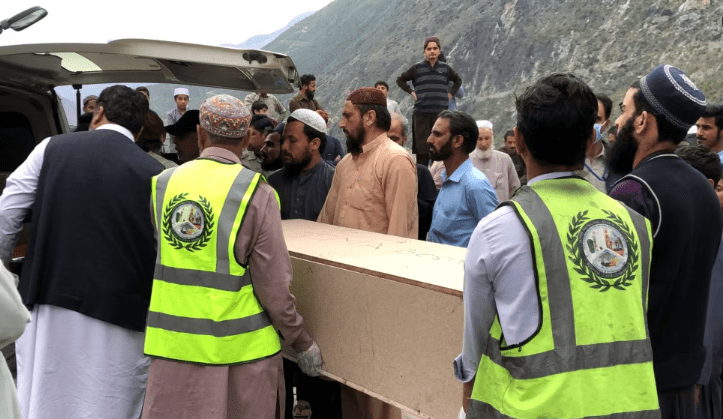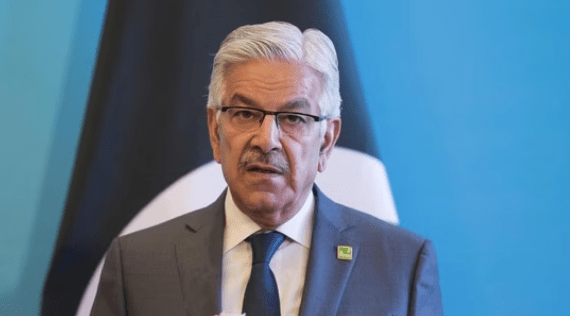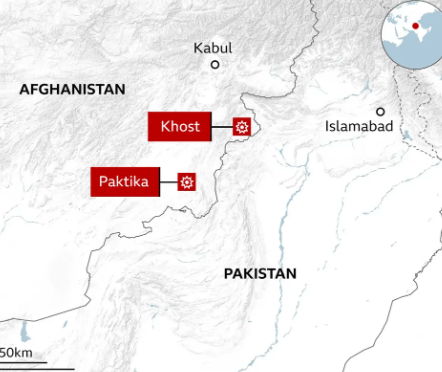Afghanistan’s food crisis

Families are unable ‘to buy even the most modest amount of food,’ World Food Program official in Afghanistan tells Anadolu
For 26-year-old Neda Azizi and her family of seven, who live in Afghanistan’s capital of Kabul, daily meals mostly consist of potato soup. Anything else is beyond their reach.
Millions of people in the war-torn country are facing a similar situation.
But that is not because the country has a problem with food supplies, according to the UN’s food agency.
Rather, it is an indicator of the fact that people do not have money to buy what they want.
“It is not a food availability crisis in Afghanistan. It is a food accessibility crisis because families cannot afford to buy even the most modest amount of food,” Philippe Kropf, head of communications for the World Food Program (WFP) in Afghanistan, told Anadolu in a video interview.
That is exactly what Azizi says she and many like her face on the daily; markets are teeming with all kinds of staple foods – vegetables, fruits and meat – but families do not have the money to buy them.
“We can’t afford to buy meat or chicken. My father is sick and needs to eat better. Every few months, we buy a kilogram of chicken just for him,” she told Anadolu.
Azizi, who did not want to use her real name, has a bachelor’s degree, and used to work before the Taliban came back to power in August 2021.
Her brother, a schoolteacher, is now the sole earner for the family. He brings in around $105 every month, a chunk of which goes toward buying medicines for their father, who has blood cancer.
Food crisis
According to Kropf, Afghanistan is not facing any famine or looming starvation crisis, but one-third of the population remains in need of food assistance.
“Some 15 million people do not know where their next meal will come from. That means they go to bed hungry and they wake up hungry,” he said.
He explained that people used up their savings after two difficult winters and an economy that was near collapse. A climate crisis and lack of jobs exacerbated the situation.
“Those are families that have been at the brink for the past two years … They don’t know how to buy food on the markets. Even if they can see the food, they even can see fruit and meat in the markets, but they do not have the money to buy it,” said Kropf.
In all of this, women and children are some of the most affected by hunger.
Azizi’s weight has dropped from 52 kilograms to 38 kilograms.
“We really don’t have enough to eat, especially compared to what we had in the past,” she said.
The lack of food to is also impacting the nutritional situation of children.
“Notably, children under five and pregnant and breastfeeding mothers, where we’re already seeing that more of them are affected by moderate acute malnutrition and need to go into the clinics to be taken care of,” said Kropf.
Plethora of problems
Kropf points out that there are several reasons why people are not able to afford food in Afghanistan.
Two years ago, when the Taliban took control of the country, the economy stalled.
The construction sector largely collapsed as did all related activities, he said.
“There was a lot less opportunities for laborers, day laborers, people without contract that live basically from one day to the other. They were already under pressure after the COVID situation,” he said.
Around 25% of the urban population in the country relies on daily wage labor, he said.
After the Taliban’s return, at least 700,000 salaried people lost their jobs, according to Kropf.
“That was the middle class. Basically, those were officials, teachers, people with their own businesses – and that changed the face of hunger in Afghanistan,” he said.
“We suddenly have middle-class families standing in line for WFP food assistance.”
For instance, distribution sites were set up in an affluent neighborhood of Kabul that once housed embassies.
Restrictions on women’s employment and movement has also affected households run by women.
“If they may not go to work, if they may not go out of their homes, how should they feed their families?” said Kropf.
However, he said there has been a slight improvement in the overall food security situation in the country.
“Earlier this year, we had nearly 20 million people in need of food assistance. Now, this number is down to 15 million people,” he said.
This is due to the harvest season bringing work opportunities for agricultural laborers, and also due to the “massive record amounts” of humanitarian assistance that WFP and its partners has delivered over the past two years, he added.
Funding shortfall
Now, though, the UN’s food agency has been witnessing a funding shortage that has led food assistance cuts for millions of people.
“The effects of the funding shortage are brutal,” said Kropf.
In April, the agency dropped 4 million people from its list of beneficiaries, followed by another 4 million people in May.
This month, another 2 million were cut out.
“With 15 million people in need, we dropped 10 million people. We can still only help 3 million of the most vulnerable people,” he said, adding that the WFP requires $1 billion to cover everyone.
The funding shortage is because “globally we’ve never had more people in need of humanitarian assistance,” he said.
“We don’t play one emergency against the other. Human suffering is the same if it is in Ukraine, Afghanistan, Syria or any other country,” he added.
Kropf emphasized that Afghanistan is at a “critical juncture” right now.
“If we are not receiving the contributions that we need to continue our programming, we are at real risk of losing all the gains made,” he said.
With continued assistance, he added, families could make it through a third difficult winter to the next harvest, which is expected to be better.
“So our hope is just that after this winter, if we can help these people through the winter, we also can help them stand on their own feet,” he said.





